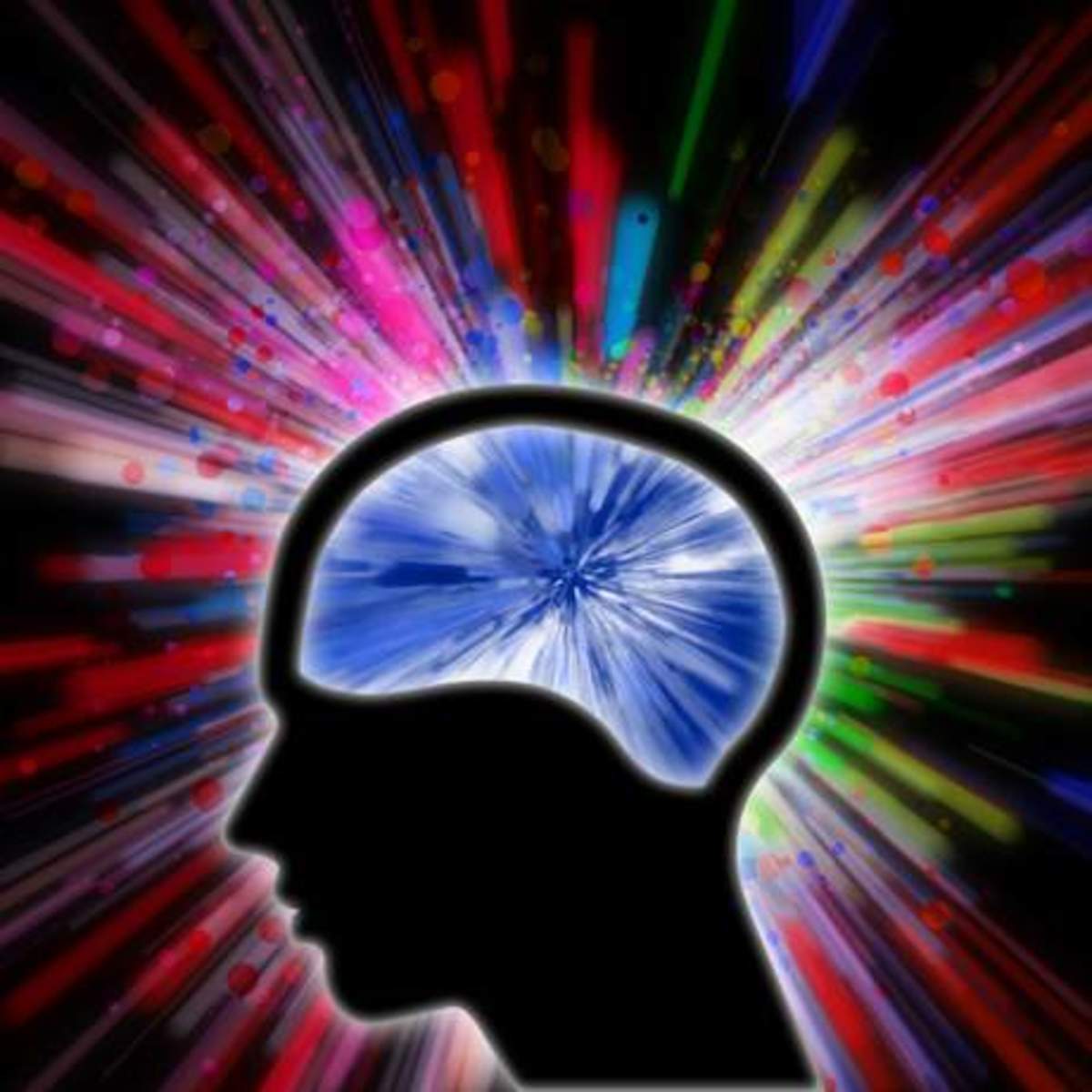
Mental practice techniques continue to be popular for performers in sport, exercise, dance and clinical settings. Typically, the techniques form part of a psychological skills training programme that supports physical or rehabilitative practice, the goal normally being to enhance or maintain performance of a skill or task. Mental practice techniques can take many forms and can focus on different aspects of an individual's mental profile. For example, while one athlete may feel the need to reduce pre-competition worry, others may need to improve attention and concentration skills or experience greater confidence prior to an important event. Applied sport psychology literature has always supported the inclusion of some form of mental practice regime in a performer's training programme.
One technique that persists in applied sport and exercise psychology is imagery (e.g. Morris et al 2005, Murphy et al 2008). Imagery has received considerable academic attention and, according to Short et al (2002), remains one of the most popular intervention techniques delivered by sport psychologists. It has many reported uses: visual rehearsal of a skill; skill learning; strategy development; enhancing confidence; and improving recovery from injury are just a few. Therefore, given the comprehensive research, the prevalence of its use and its perceived importance within the mental skills ‘toolkit’, it should be expected that there would be detailed and agreed procedures for the delivery of effective imagery interventions. Unfortunately, this does not seem to be the case. Callow & Hardy (2007) have recently provided a critical analysis of applied imagery research. In this, they report what is known, what might be known and what is not known about effective imagery interventions. The authors raise a number of important research questions from the review that suggest that there is still a considerable way to go before imagery can live up to its claim to be the central pillar of sport psychology interventions.
While many individuals attribute their performance to their structured mental practice regimes, a detailed understanding of what practice comprises during imagery remains very much an illusion. By its very nature, mental practice is covert and indefinite; the most detailed, prescriptive imagery programmes cannot predict what performers actually generate in their brains. It is not disputed that imagery and associated mental practice techniques offer benefit to performers through a number of psychological and/or psychophysiological mechanisms. Theories that have received support include: Lang's (1977) bioinformational theory, Ahsen's (1984) triple code theory, Schmidt's (1982) attention-arousal set theory, Bandura's (1977a, b) self-efficacy/self-confidence theories, Paivio's (1985) motivational theory and, more recently, Jeannerod's (1994) simulation theories. As with many theoretical debates, there are similarities across these theories and, as you would expect, there is evidence that would support all the ideas. However, ‘none of the theories… have sufficient research to support them as definitive theories of imagery functioning’ (Morris et al 2005, p. 55). As a consequence of these ongoing debates, some authors have suggested that imagery cannot be explained easily by one theory alone and that progress will only be made through the integration of approaches. This idea has also been advocated by Murphy et al (2008). They suggest that imagery investigations should be guided by a new comprehensive model. We would certainly support such ventures but, given the well documented methodological and operational concerns that will always remain with covert techniques, maybe the time has come to use what we know, develop what we might know and explore what we don't know with a different, more overt approach to mental training.
It is our opinion that imagery and associated mental practice techniques will continue to be useful interventions for performers but that their effectiveness will always be compromised by the brain's ability to (re)create an experience that mimics a real experience. Further, the moderators and mediators of imagery effectiveness, highlighted by Callow & Hardy (2007), remain important aspects of research in this area. They include imagery perspective, movement agency, task type, practice conditions and timing. In addition, imager skill expertise, imaging ability, skill confidence and arousal state should also be considered (the reader is referred to Callow & Hardy (2007) for further consideration of some of these variables). Without a greater understanding and control of these and other variables, predictions and applications from the imagery research should continue to be made cautiously.